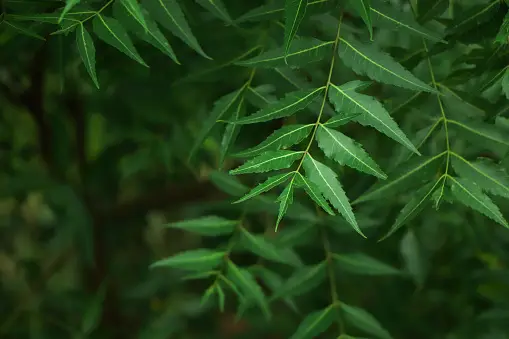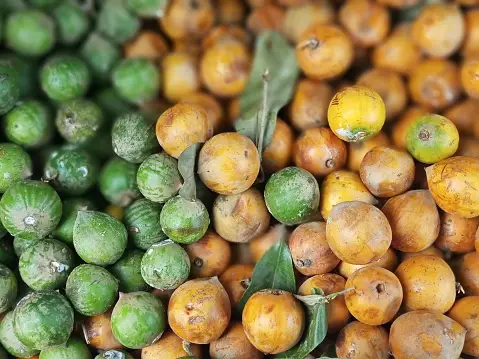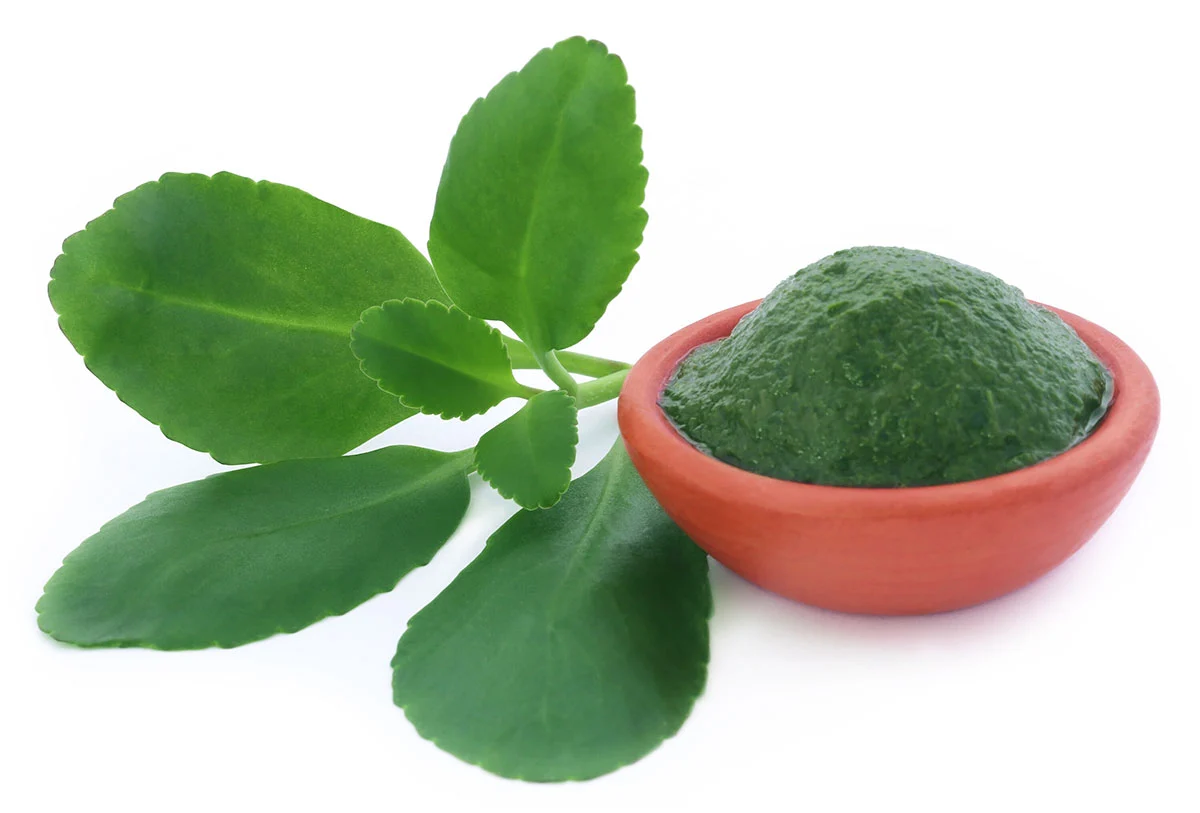It can be concerning as a mum to notice that your toddler “wets” the bed. Although this is usually common in little children, it is still a concern amongst many parents. To this effect, there are claims that “dongoyaro leaves” can stop bedwetting in children. This article aims to unravel this while sharing little tips on managing bedwetting in your child.
What are dongoyaro leaves?
In English-speaking nations worldwide, Dongoyaro, scientifically known as Azadirachta indica, is commonly referred to as the neem leaf. It originates from the neem tree, prized for its extraordinary medicinal qualities. The neem leaf is well known for treating diabetes, heart disease, skin ulcers, and gingivitis. Using the bark as a malaria therapy in rural regions is one of its most well-liked applications in Nigeria.
Since they are prevalent in Nigeria, it is simplest to discover dongoyaro leaves in your area. If you cannot locate any, you can visit a nearby herb market with a leaf sample to obtain what you need.
Health benefits of dongoyaro leaves
Neem leaf benefits include its antibacterial, antiviral, and antifungal capabilities. They have a history of being used to stop food from spoiling.
Neem leaves, or Dongoyaro leaves as they are affectionately known, have many wonderful uses, including promoting blood circulation, improving eye health liver health, and curing skin diseases.
Nutritional content of dongoyaro leaves
The nutritional components of neem leaves or Dongoyaro leaves include:
- Vitamins: Neem leaves are a good source of vitamins like C, E, and A, which are important for immune function, skin health, and vision.
- Minerals: These leaves contain calcium, iron, and magnesium, which are vital for bone health, oxygen transport, and overall bodily functions.
- Antioxidants: Neem leaves are known for their high antioxidant content, including flavonoids, carotenoids, and quercetin. Antioxidants help protect cells from damage caused by free radicals.
- Fiber: They also provide dietary fiber, which supports digestive health and helps maintain regular bowel movements.
- Phytochemicals: Neem leaves contain various bioactive compounds like nimbin, nimbidin, and azadirachtin, which are believed to possess antimicrobial, anti-inflammatory, and immune-boosting properties.
Why do toddlers bedwet?
Bedwetting is also known as Nocturnal Enuresis and can be divided into primary and secondary. Primary enuresis is a hereditary condition in which a child continues to wet the bed after age 5 or 6. This typically happens when a child hasn't mastered potty training. Secondary enuresis occurs when a child resumes bedwetting after stopping for at least six months, frequently due to emotional strain or a medical issue.
Due to delayed bladder control maturity or inadequate toilet training by parents, toddlers frequently wake up wet. Toddler bedwetting may result from urinary habits like repressing the urge to urinate or delaying urination. On the other hand, lack of bladder control is the most typical reason for bedwetting and typically affects kids between the ages of 2 and 6.
Can drinking steamed dongoyaro help with bedwetting?
No scientific evidence supports the claims that steaming dongoyaro leaves may help with bedwetting. Even though dongoyaro leaves have amazing health benefits, there are no specific claims to their effectiveness in bedwetting.
Effective ways to stop your toddler from bedwetting
Some effective strategies for managing bedwetting in toddlers include:
- Create consistent routines: Establish a bedtime and wake-up time to control your toddler's sleep cycle. The body develops a rhythm for bladder emptying before night, thanks to consistency.
- Promote frequent toilet use: Tell your young child to use the restroom before bed. Make it an enjoyable and regular part of their evening routine.
- Use protective bedding: Consider using waterproof mattress covers and absorbent training pants or underwear explicitly made for bedwetting. It’ll help reduce discomfort.
- Positive reinforcement: Commemorate dry nights with compliments and small gifts. Your youngster may behave better if they receive positive reinforcement.
- Limit fluids before bedtime: To lessen the chance that your child may wake up with a full bladder, limit your child’s fluid consumption a few hours before bedtime.
Be patient with your toddler as they go through this phase and walk them through it. With consistent practice and help, your toddler can control their bladder better and stop wetting the bed at night or day.
Frequently asked questions
- Why does my toddler bed wet often?
It could be because your toddler hasn’t gotten control of their bladder correctly and is not conversant with using the toilet as they should.
- How do I stop my children from bedwetting?
Consistently train your child on how to use the toilet, talk to them openly and kindly, use bedwetting alarms and limit fluid intake before bed.
- Can I use dongoyaro leaves to prevent bedwetting?
Since no scientific claims support the use of dongoyaro leaves to stop bedwetting, it’s best to stay off it.










Comments